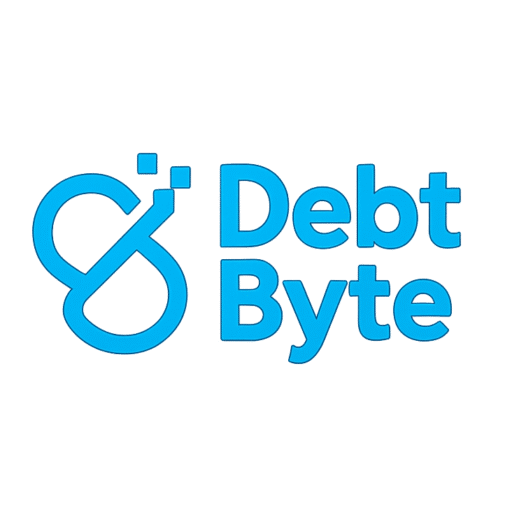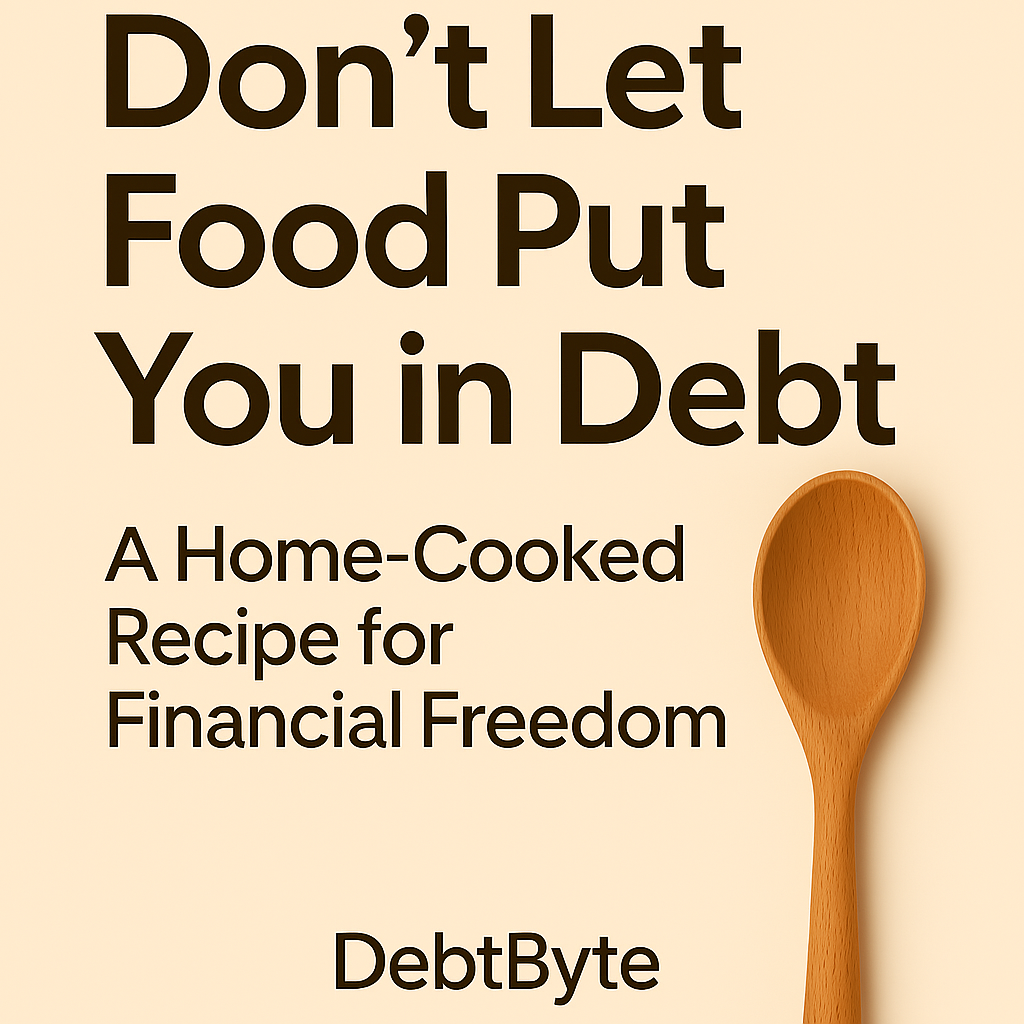When a simple meal turns into an expensive habit, the costs can quickly add up—quietly chipping away at your income and even pushing you into debt. In today’s fast-paced world, food delivery apps and drive-through options have made grabbing a bite incredibly convenient. However, that extra convenience has a hidden price tag. In this post, we’ll explore how the daily habit of eating out can impact your wallet and share actionable strategies to eat well at home while channeling your savings toward eliminating debt.
The Hidden Costs of Convenience
It’s easy to overlook how much a single meal can cost when ordered on the go. Consider this:
- Delivery Fees & Tips: Each food delivery often carries extra charges beyond the price of the meal.
- Drive-Through Dynamics: Even a quick trip for a drive-through meal can include extra expenses that add up over time.
- Inflated Prices: Restaurants and fast-food joints often mark up their prices compared to purchasing raw ingredients.
Over time, these extra dollars accumulate into a substantial expense. For many, this doesn’t just mean less money to invest; it means taking on additional debt to support a costly habit.
How Eating Out Can Lead to Debt
Even if you have a full-time job, those extra dollars spent on takeout can be significant. For instance, spending a modest $10 extra per meal might not seem like much—but multiply that by several meals a week, and you’re looking at an extra $40 or more per week. Over a year, that small habit can cost you well over $2,000. Missing or stretching your budget here might force you to rely on credit, increasing your overall debt burden and interest expenses. This, in turn, slows down your journey to financial freedom.
The Empowerment of Home-Cooked Meals
Switching your focus to home-cooked meals can be a game-changer for both your health and your wallet. Here are some strategies to help you eat well on a budget:
Meal Planning and Bulk Cooking
- Plan Your Menus: Take a few minutes each week to plan out your meals. This helps in creating a focused grocery list and minimizes impulse buys.
- Bulk Cooking: Prepare larger portions and freeze leftovers. Not only does this save time, it also prevents the temptation of ordering out.
- Theme Nights: Assign themes to different days (e.g., Meatless Monday or Taco Tuesday) to keep the menu variety exciting and manageable.
Smart Grocery Shopping
- Make a List and Stick to It: Plan your grocery list based on your weekly meal plan to avoid impulse purchases.
- Buy in Bulk: Purchase staples like rice, beans, and frozen vegetables in bulk to save money over time.
- Shop Sales: Use coupons, and keep an eye on local store promotions to get the best deals on your ingredients.
Budgeting for Home Cooking
- Track Your Savings: Use a simple spreadsheet or a budgeting app to track the money you save by preparing meals at home versus eating out.
- Redirect Savings to Debt: Consider these savings as extra funds that can go toward eliminating your debt, especially that looming mortgage. Each dollar saved is a step closer to financial independence.
The Bigger Picture: Health, Wealth, and Freedom
Eating at home isn’t just a financial decision; it can also improve your overall well-being. Cooking your own meals gives you control over ingredients, fosters a healthier lifestyle, and, most importantly, reduces the need to rely on credit for everyday expenses. When you reallocate the money saved from eating in to your debt repayment strategy, you’re actively investing in your future—helping to pay off your mortgage faster and securing a better life for you and your family.
Actions for You
- Evaluate Your Spending: Start by tracking your food expenses—identify how much you’re spending on delivery, takeout, and drive-through meals each month.
- Set a Meal Plan: Commit to cooking at home more often. Not only will this boost your savings, but it will also give you a creative outlet in the kitchen.
- Reinvest Your Savings: Direct the money you save from home dining toward your debt, accelerating your path to financial freedom.
The choice is clear: by preparing meals at home, you can take back control over your finances and reduce the debt that silently drains your freedom. Start small, make gradual changes, and watch how these changes add up over time, leading you to a debt-free future.
Ready to take control of your finances? Make a commitment today to swap one workday takeout for a home-cooked meal—and see how quickly those savings start growing. Let’s cook smart, eat well, and break the chain of debt!


Leave a Reply